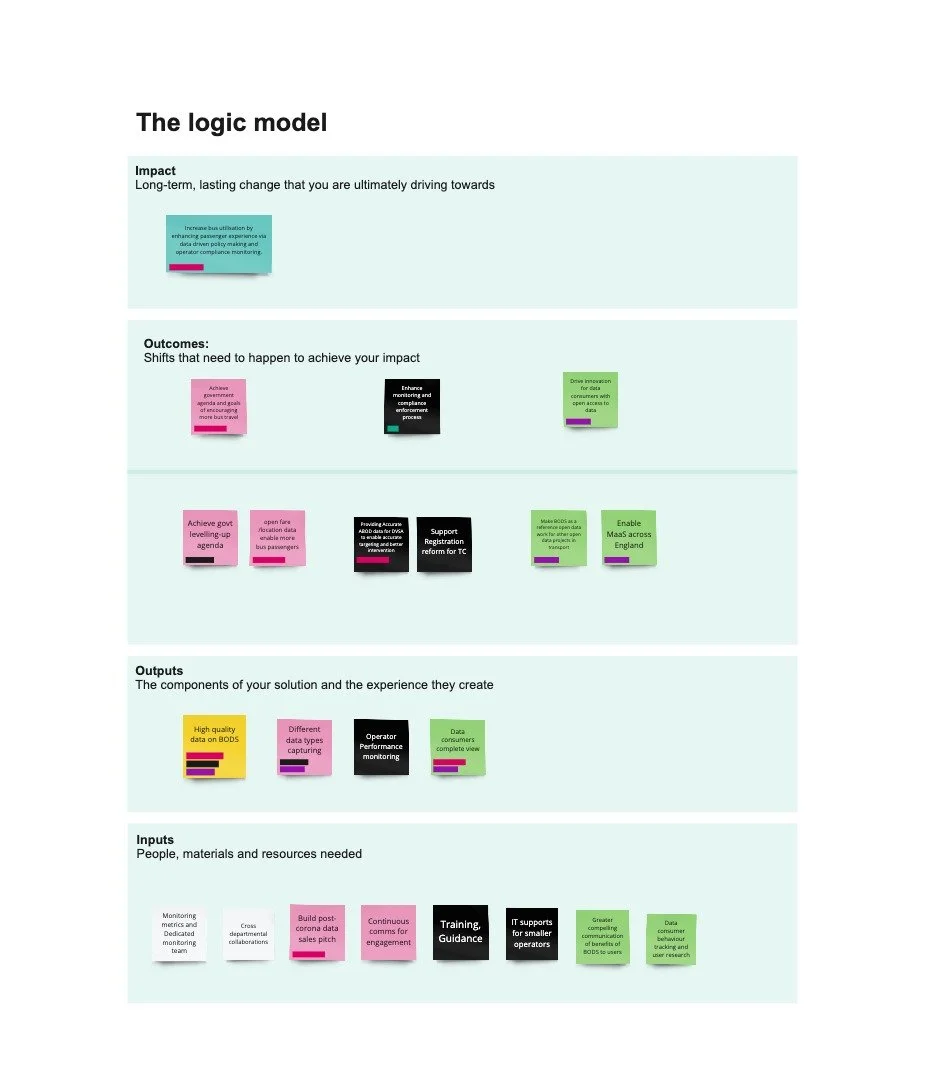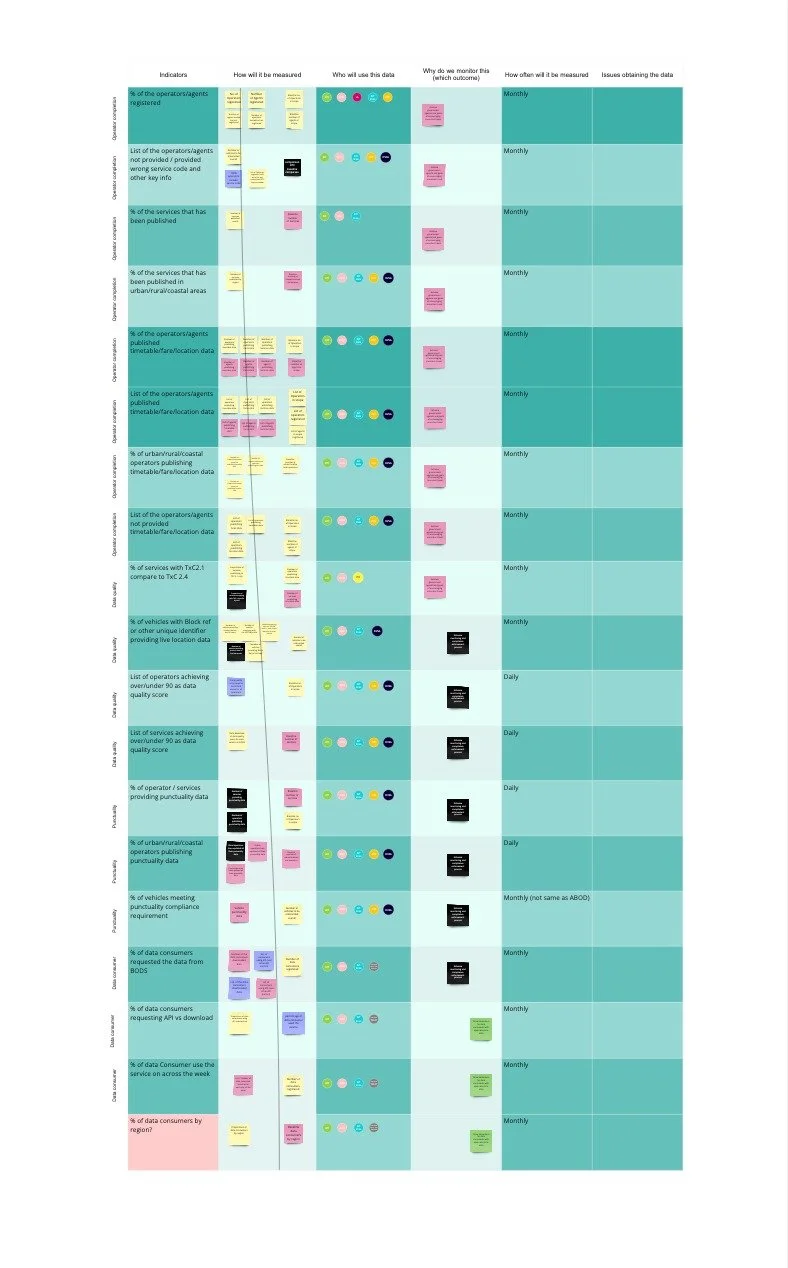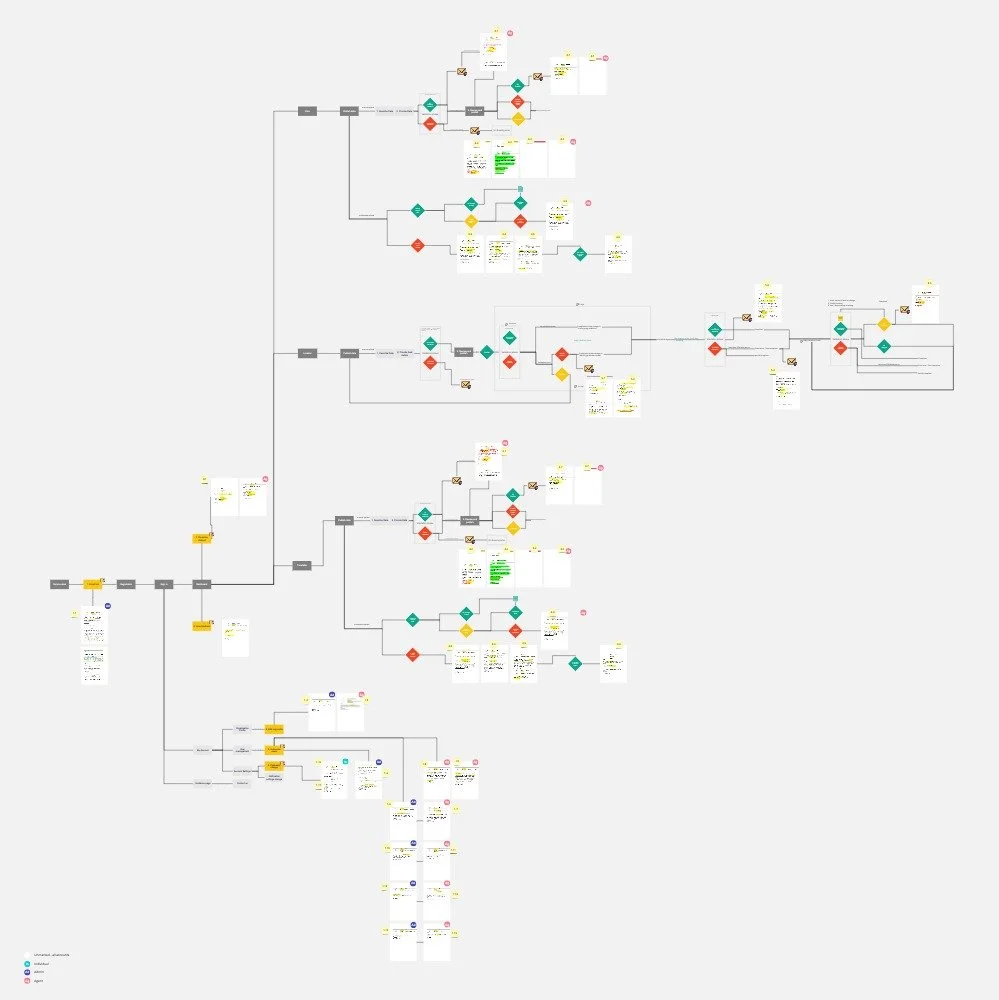Bus Open Data
How can we drive more people to choose public transport in the UK?
Senior User Researcher and Designer March 2021 - February 2022
📢 Client challenge: The Bus Open Data project represents a proactive response to the evolving public transportation landscape. By embracing open data solutions, the Department for Transport aims to enhance the accessibility, transparency, and efficiency of bus services, improve passenger experience and promote sustainability. However, given the considerable digitalisation gap within the bus industry, the project team faces multiple challenges from the stakeholders involved in ensuring its success.
📁 Responsibilities: Demonstrated ability to navigate complex challenges. Uncovered crucial user pain points within a diverse user base through rigorous qualitative and quantitative research. Facilitated co-creation sessions with Subject Matter Experts, regulatory bodies, and users to ideate innovative solutions. Initiated policy and stakeholder alignment sessions to identify priority areas for iterative improvements. My work encompassed various research streams, including compliance and monitoring, the data publisher journey, enhancing data consumer experiences, investigating data quality, and discovering disruptive services.
🛠️ Tools: Miro | Jira | Trello | Slack | MS survey form | Sketch | Invision | Zeplin















